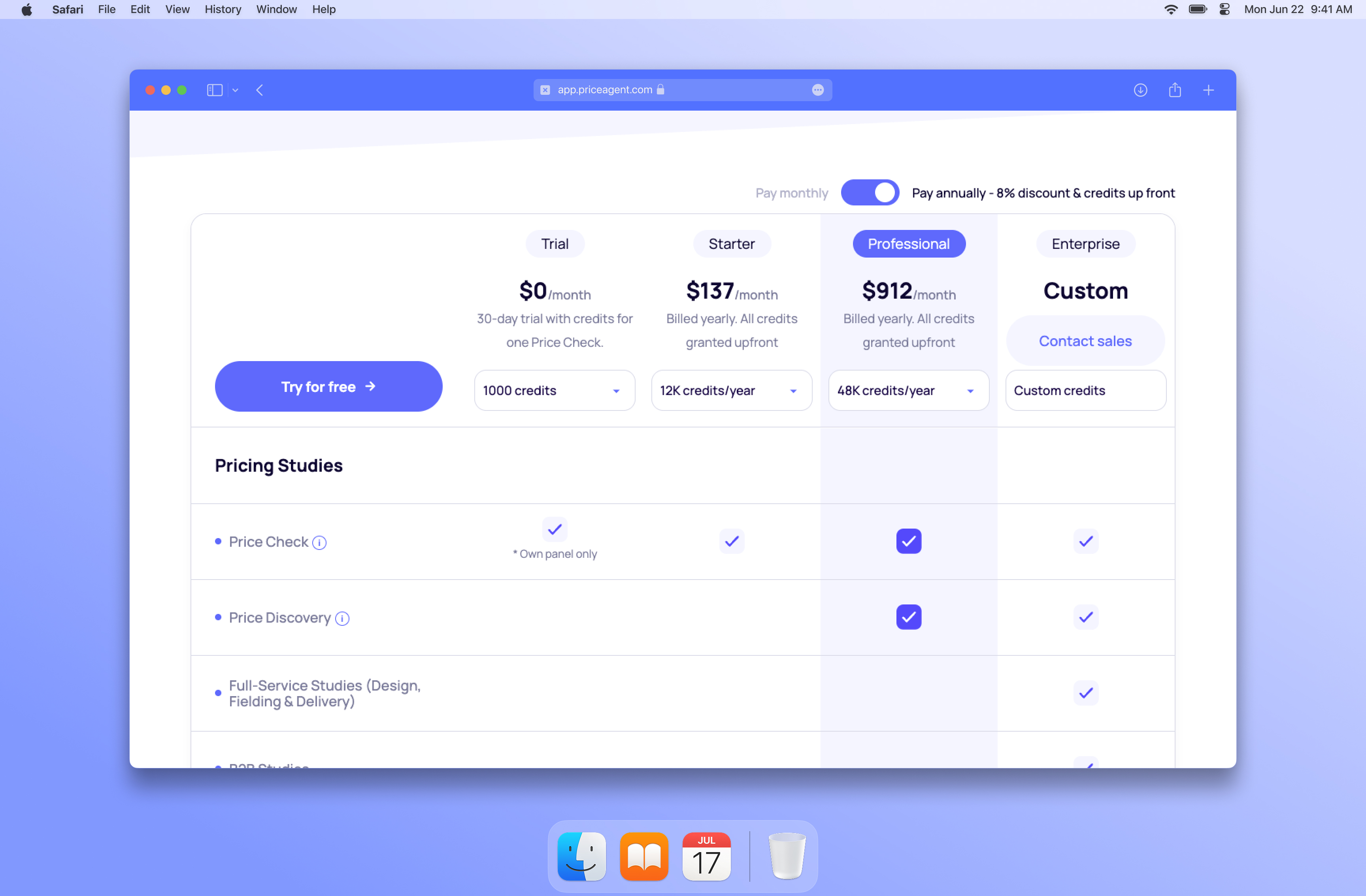Competitive Price Analysis: Uncover Pricing Strategies and Make Informed Decisions
Uncover pricing strategies, identify gaps, and make informed decisions with competit

Summarize article with AI
In the ever-evolving business landscape, staying ahead of the competition is paramount to achieving sustainable growth and success. One key factor that significantly impacts a business's performance and market position is pricing strategy. Understanding your competitors' pricing strategies is crucial for setting your own prices strategically, aligning your offerings with market expectations, and gaining a competitive edge.
The Significance of Competitor Price Analysis
Competitor price analysis involves studying and evaluating the pricing strategies of your competitors to gain insights into their cost structures, market positioning, and pricing decisions. By understanding your competitors' pricing tactics, you can identify pricing gaps, uncover opportunities to differentiate your offerings, and make informed pricing decisions that align with your business goals.
Key Steps for Effective Competitor Price Analysis
Identify Your Key Competitors: Start by clearly defining your direct and indirect competitors. Direct competitors directly compete with your product or service, while indirect competitors offer similar or complementary offerings. Consider factors such as product offerings, target market, and pricing strategies when identifying your competitors.
Gather Comprehensive Pricing Data: Collect pricing information for your competitors' products or services from various sources, including their websites, online marketplaces, industry reports, and market research firms. Ensure you gather data for a representative sample of competitors and include product variations, pricing tiers, and bundle options.
Analyze Pricing Structures and Value Propositions: Compare your competitors' pricing structures, such as fixed pricing, tiered pricing, and volume discounts. Understand how they bundle products and services to offer unique value propositions to their customers.
Evaluate Price Sensitivity: Assess your competitors' price sensitivity by analyzing pricing changes and sales data over time. This will help you understand how they respond to market fluctuations and customer demand.
Identify Pricing Gaps and Opportunities: Analyze your competitor pricing data to identify areas where your pricing is out of alignment with the market or where you could offer a more competitive value proposition. Evaluate pricing gaps across different products, product features, and target segments.
Align Pricing with Strategy: Utilize the insights gained from competitor price analysis to refine your pricing strategy. Ensure your pricing aligns with your overall business goals, such as maximizing profitability, increasing market share, or building customer loyalty.
Harness the Power of Competitor Price Analysis for Strategic Pricing
Regular competitor price analysis can significantly benefit your business by:
Enhancing Pricing Agility: Gain insights into market trends and competitor responses to adapt your pricing strategy dynamically. This allows you to capitalize on opportunities or respond to competitor moves quickly and effectively.
Boosting Pricing Competitiveness: Identify opportunities to undercut competitors, differentiate your pricing based on value propositions, or offer unique pricing tiers or discounts. This can help you attract and retain customers while maintaining profitability.
Optimizing Profitability: Set prices that maximize profitability while maintaining customer satisfaction. By understanding industry pricing standards and competitor strategies, you can identify optimal pricing points that align with your cost structure and market position.
Reducing Pricing Risk: Avoid pricing errors or strategies that may negatively impact your market position or customer loyalty. By conducting thorough competitor analysis, you can make informed pricing decisions that minimize risks and maximize returns.
Embrace Data-Driven Pricing with Competitor Insights
In today's data-driven business environment, competitor price analysis is not just a strategic tool; it's a necessity. By leveraging the power of data and analytics, you can gain a deeper understanding of your competitors' pricing strategies, market trends, and customer perceptions. This knowledge can empower you to make informed pricing decisions that drive business growth and sustainable success.
Conclusion
Leverage the power of competitor price analysis to optimize your pricing strategy and gain a competitive advantage. Utilize pricing tools and analytics platforms to effectively gather, analyze, and utilize competitor pricing data. With a data-driven approach to pricing, you can confidently navigate market fluctuations, attract customers, and maximize profitability.









